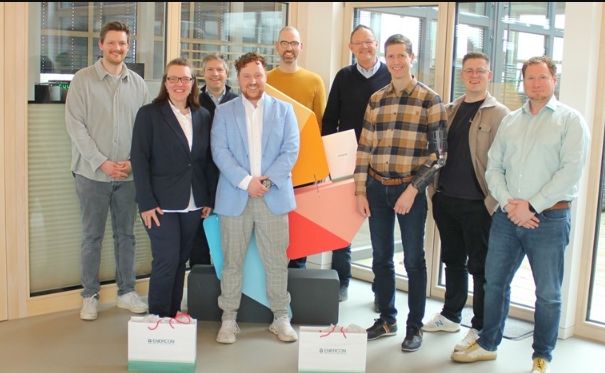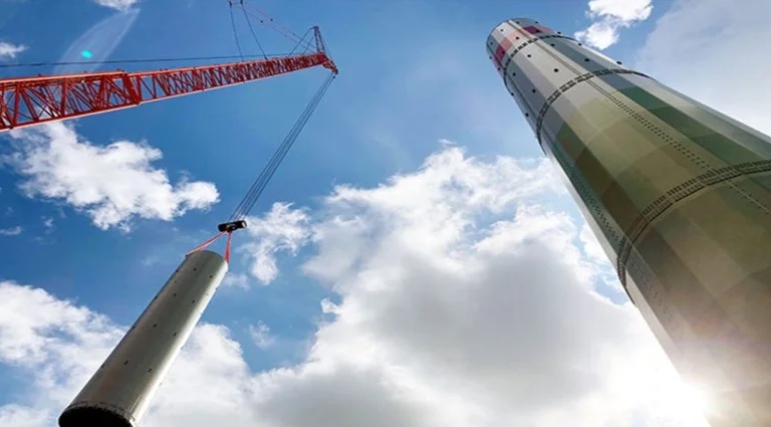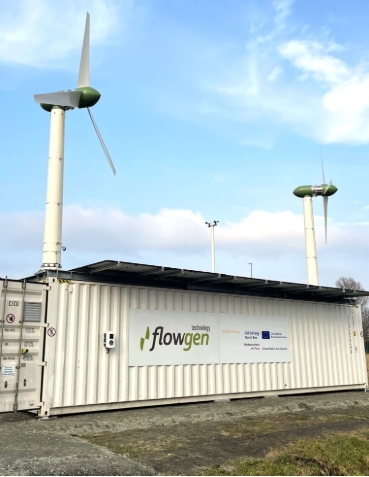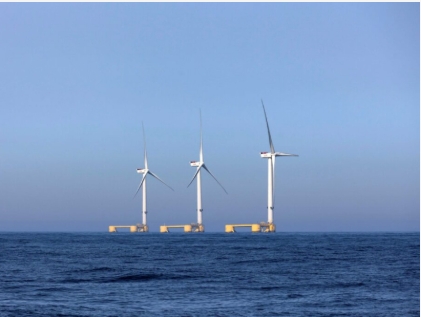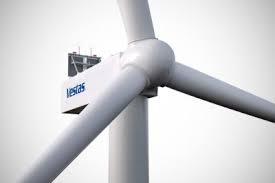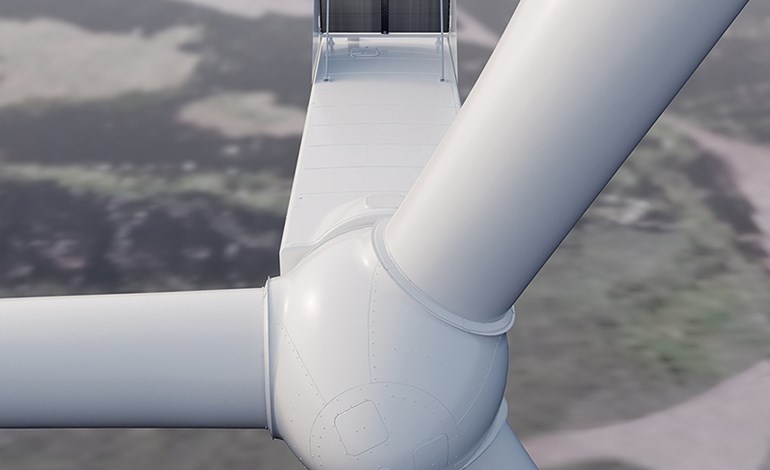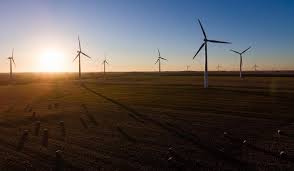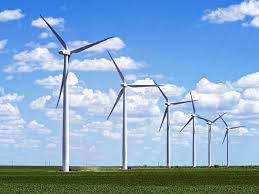Many Saturdays, amateur photographer Tadashi Ogitsu treks the roughly 160 miles up to Yosemite National Park to attempt the perfect shot, timing his arrival to the golden hour before sunset. But he wanted an electric vehicle to lessen the environmental impact.Concerned about the time it takes to charge and range limitations of the current crop of plug-in vehicles, the 54-year-old settled on a Honda Clarity, a sensible four-door sedan. But it doesn’t run on gasoline.
Ogitsu’s car is a hydrogen-fuel-cell vehicle, which lets him make the round trip from the Bay Area and back on a single tank of fuel.“I wouldn’t have any chance using battery-electric” said Ogitsu, who works as a physicist at the Lawrence Livermore National Laboratory.
“There is no flexibility.”Ogitsu is one of the 8,000 or so early adopters of hydrogen-fuel-cell vehicles in California, guinea pigs in an experiment by automakers, industry boosters and state officials to power an emissions-free driving future by turning to the universe’s most abundant element.
The cars have electric motors, but are refueled with hydrogen in a style more like their gasoline-powered counterparts. The hydrogen mixes with oxygen to create electricity inside the fuel cell to power the motor. The only byproduct is water, which spews from the car like emissions from a gasoline car’s tailpipe.In California, the vehicles typically come with up to $10,000 in tax savings and a $15,000 fuel card, good for about three years of free hydrogen fuel, lessening the blow of a $60,000 price tag.
Compared to typical plug-in cars that travel about 100 to 370 miles on a single charge, hydrogen-fuel-cell vehicles promise 300 to 400 miles per fill-up, similar to the highest-mileage gas-only cars.But despite those selling points, hydrogen-fueled cars have long lagged behind their battery-electric counterparts in adoption, a gap that they appear increasingly unlikely to overcome. Although Tesla has helped drive widespread consumer adoption, along with easy ways to charge up at home and on the road, hydrogen-fueled vehicles haven’t made it past early buyers. With just 44 public fueling stations in California by January, the fleet has been persistently plagued by sparse coverage; the cars are also more expensive.
A review of U.S. Department of Energy data also showed that outside of California, the build-out of hydrogen refueling infrastructure stagnated over the last decade as electric vehicles rose. While there were 58 public and private hydrogen stations in the country in 2012, the number had grown to only 61 by the end of 2019 — as the share grew more and more concentrated in California, which doubled its network of stations over that time while states such as New York saw their hydrogen pumps close.
